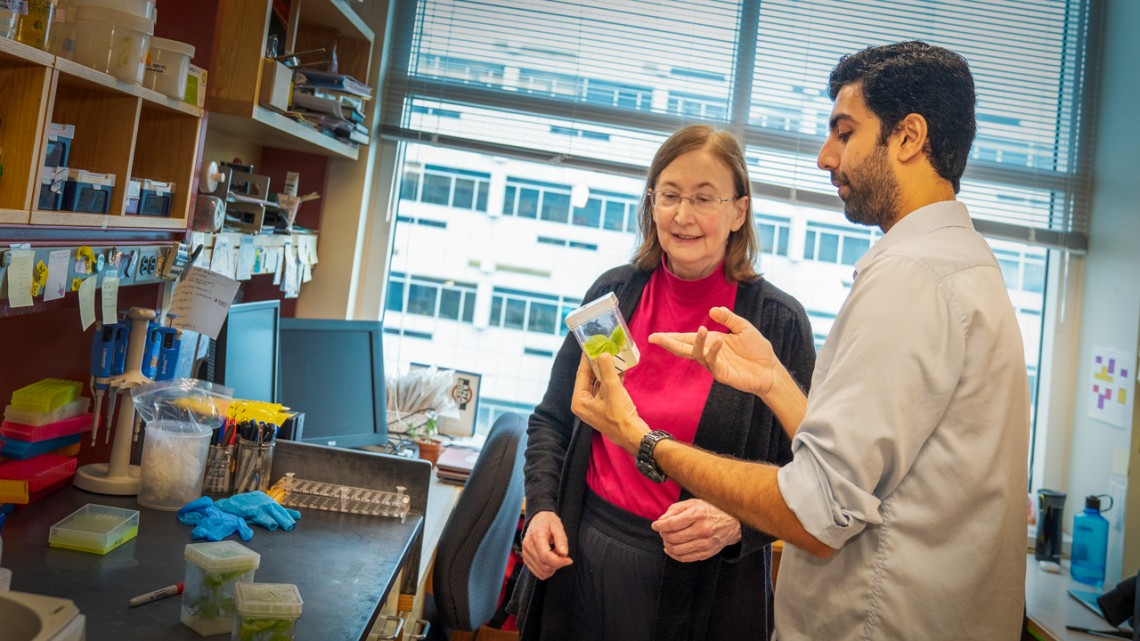Scientists take step to improve crops’ photosynthesis, yields
16. 8. 2021 | Cornell University | www.cornell.edu
In order to feed a projected 9 billion people by 2050, farmers need to grow 50% more food on a limited amount of arable land. As a result, plant scientists are in a race against time to engineer crops with higher yields by improving photosynthesis.
When plants photosynthesize they convert carbon dioxide, water and light into oxygen and sucrose, a sugar used for energy and for building new tissues. During this process, Rubisco, an enzyme found in all plants, takes inorganic carbon from the air and “fixes” or converts it to an organic form the plant uses to build tissues. One hurdle in improving photosynthesis in crops is that Rubisco reacts with both carbon dioxide and oxygen in the air; the latter reaction creates toxic byproducts, slows photosynthesis and thereby lowers yields. But in cyanobacteria, the Rubisco is contained within microcompartments called carboxysomes that shield the Rubisco from oxygen.

Experiments showed that the absence of carbonic anhydrase did not interfere with photosynthesis, contrary to previously held views. A potential problem is that carbonic anhydrase found in chloroplasts is known to be involved in the plant’s defense pathways. However, researchers in Hanson’s group discovered they could incorporate an enzymatically inactive version of the carbonic anhydrase and still maintain the plant’s defense.
Read more at Cornell University
Image Credit: Dave Burbank
-jk-




